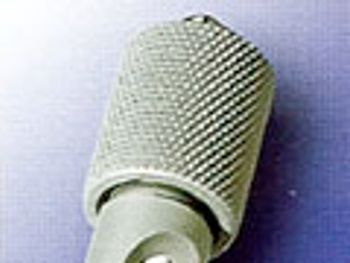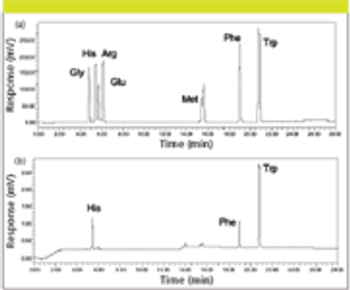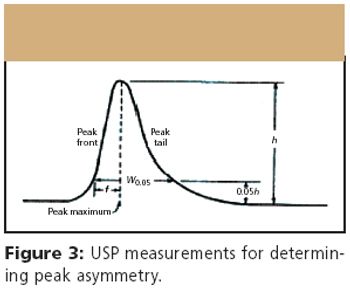
Volume 33 Number 4Pages 234-247This is our annual review of new liquid chromatography (LC) columns and accessories introduced at Pittcon and throughout the previous year. This year, Michael Swartz, former author of our "Innovations in HPLC" and "Validation Viewpoint" columns, steps in as a guest columnist to write the review.















